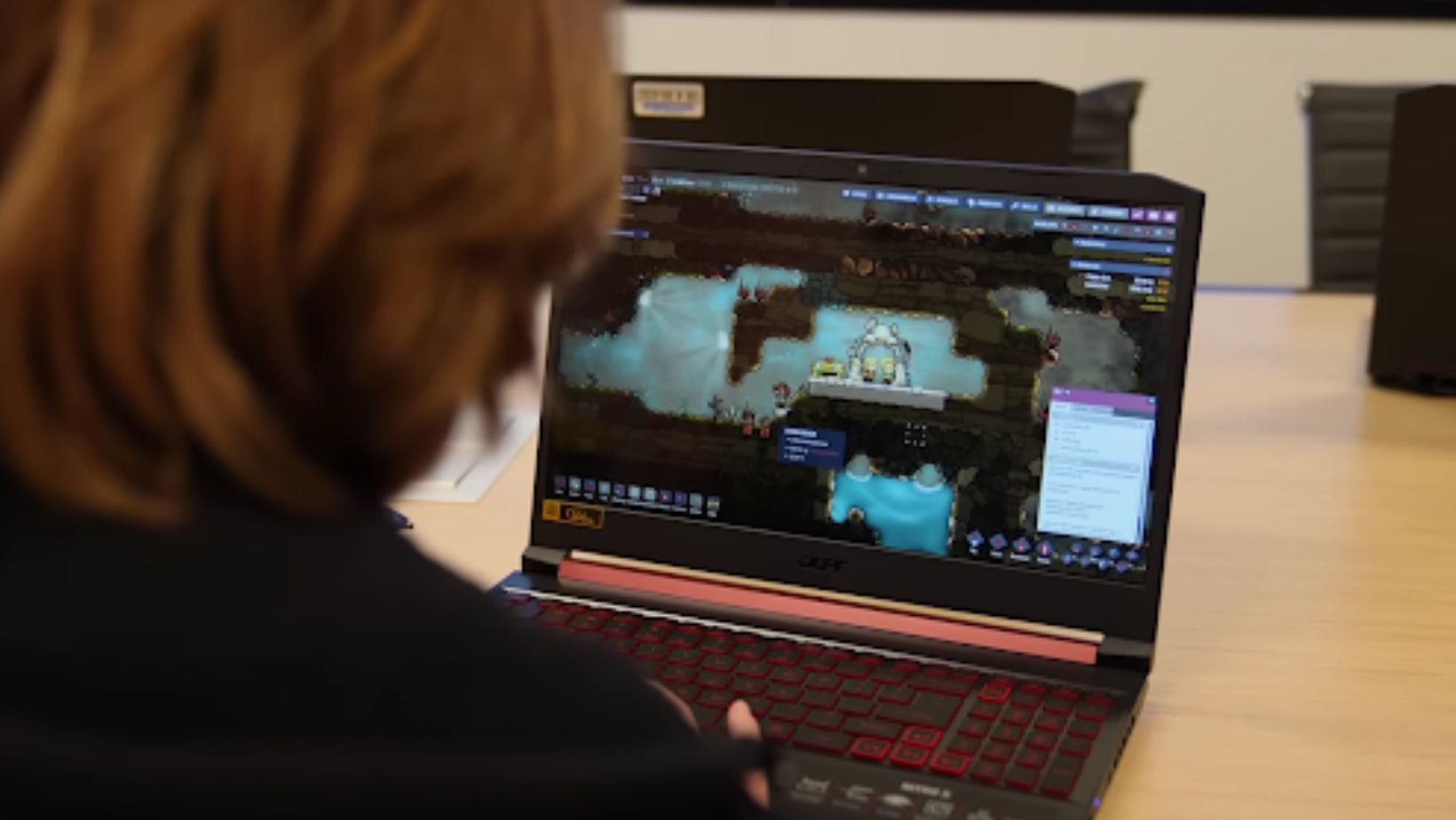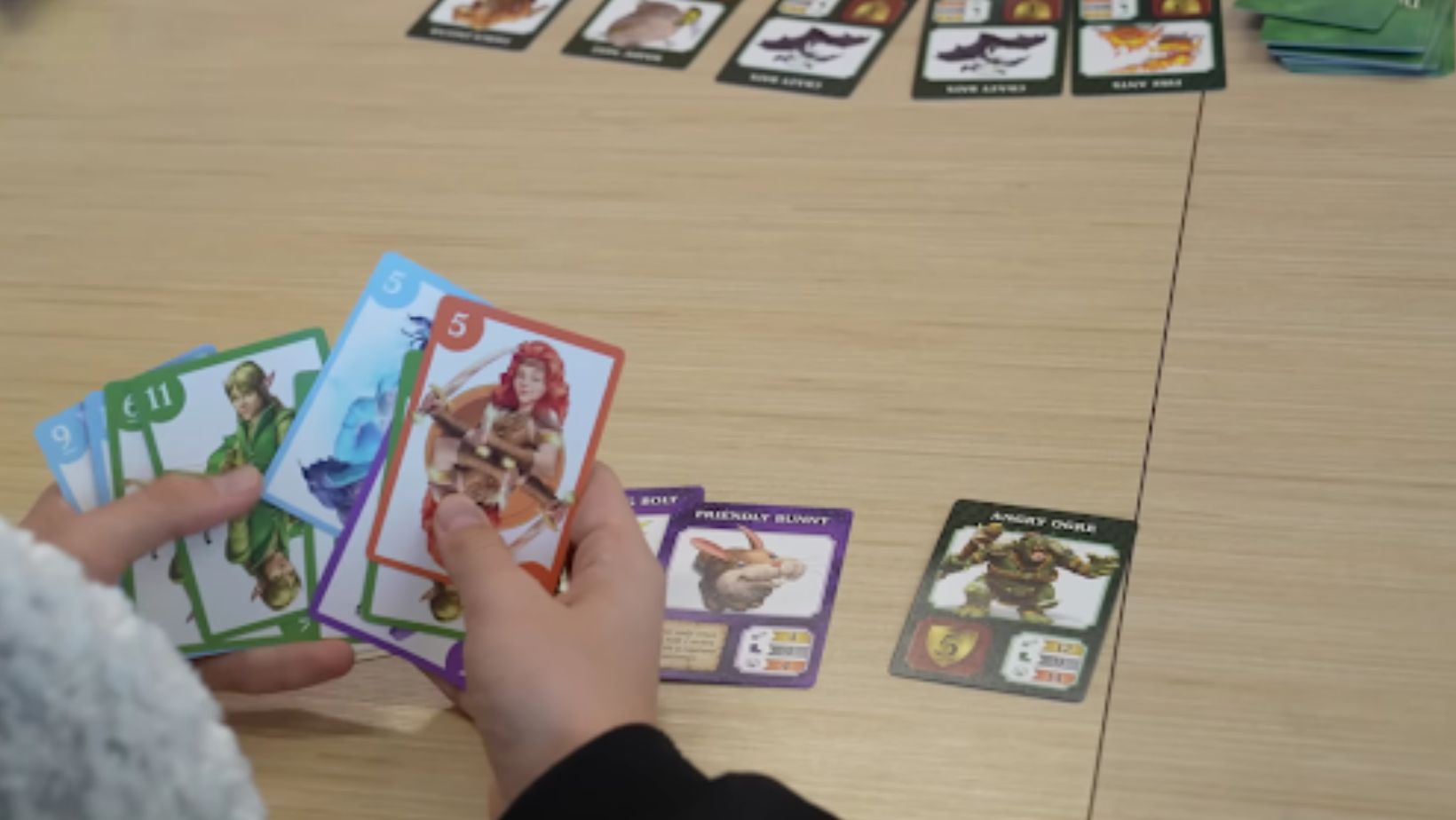Gamification is no longer a buzzword; it represents a transformative approach that changes the way people and organizations interact with technology. In 2026, gamification will evolve beyond points, badges, and leaderboards and become a central strategy for engagement, learning, and behavior change across industries. By using immersive technologies, interconnected devices, and personalized experiences, gamification is set to redefine both digital and physical interactions.
From my perspective, gamification offers huge potential while also creating challenges. Designing meaningful engagement without overwhelming users and providing value without distraction will separate successful initiatives from unsuccessful ones. For example, the global gamification market is projected to reach $38 billion in 2026, with an annual growth rate between 30 and 40 percent. Additionally, more than 70 percent of leading global companies are already using gamification in their processes, showing that it is widely adopted. This growth opens opportunities for innovation where interactivity and technology combine to create compelling experiences.
Table of Contents
ToggleGamification Trends in 2026 with IoT, AR/VR, and Personalization
IoT and Smart Environments
The Internet of Things, or IoT, is transforming gamification by bringing interactive experiences into everyday physical environments. Smart devices can track user behavior, provide instant feedback, and motivate desired actions. Fitness wearables, connected offices, and smart home devices allow micro-gamified experiences that encourage productivity, wellness, and sustainability.
Imagine an office where sensors recognize collaboration and reward teams for reaching goals in real time or a city initiative where energy-saving actions earn digital badges or real-world incentives. These applications show how technology can be seamlessly integrated into daily life without feeling intrusive.

AR/VR for Learning and Business
Augmented and Virtual Reality provide immersive experiences that elevate gamification. Students can explore historical events or scientific concepts in interactive VR simulations. Businesses can use AR to train staff, demonstrate products, and create interactive customer experiences. A retail brand might allow customers to visualize products in their homes or reveal hidden content on packaging. Remote teams can participate in VR team-building exercises to enhance engagement and collaboration.
“Gamification changes the way we interact with technology.”

Author’s Perspective
Technology alone does not create meaningful experiences. In 2026, gamification must focus on psychological motivation and relevance. The goal is to use tools like AR, VR, and IoT to enhance learning, productivity, and enjoyment while keeping the experience intuitive.
Key examples include Nike Run Club, which uses IoT and AR features to motivate runners; Duolingo, which personalizes challenges to individual learning levels; and Zappos VR training, which creates immersive onboarding experiences.
“Interactivity is key to engaging today’s audience.”

Gamification in Social Media for Engagement
Social media platforms are increasingly adopting gamification to encourage active participation. In 2026, AR filters, interactive videos, and VR live streams are turning passive content consumption into engaging experiences.
Interactive posts, including polls, quizzes, and user-generated content, improve engagement and trust. Studies show that interactive formats can generate up to two or three times higher engagement than standard content. Gamified campaigns also help brands build loyalty by offering enjoyable and memorable interactions.
Recommendations for brands include using AR filters to let users virtually try products, encouraging content creation through challenges and rewards, experimenting with VR for immersive events or launches, and monitoring engagement metrics to adjust gamification strategies. All interactive content should feel genuine and provide real value to users.
It is important to design gamified experiences that enhance connection and learning instead of distracting or overwhelming participants. One question for readers is how social media gamification can make interactions more meaningful and memorable.

Interactive Merchandise with QR Codes, AR, and Smart Devices
Physical merchandise is no longer just a promotional tool; it can become an engaging, interactive experience that connects brands with users on multiple levels. By integrating QR codes, AR overlays, and smart devices, brands can transform ordinary products into dynamic touchpoints that encourage participation, discovery, and repeat engagement.

Here are some of the main ways brands are leveraging these technologies:
- QR Codes allow customers to unlock hidden content, access games, or claim exclusive offers directly from the product packaging.
- AR Overlays bring merchandise to life by animating packaging, displaying interactive stories, or providing detailed product information.
- Smart Devices create gamified experiences where products respond to user actions or behaviors, making interactions more memorable.
- Campaign Examples show the impact of these strategies: Coca-Cola applied AR to limited-edition cans to reveal interactive content, Funko enabled AR animations for collectibles, and Adidas connected smart sneakers to apps that gamify running challenges.
- Practical Ideas for brands include adding QR codes for digital treasure hunts, using AR to enhance packaging, implementing gamified loyalty programs, integrating smart device interactivity, and designing collectible experiences to encourage repeat engagement.
- Emerging Opportunities involve exploring PolskieKasynoHEX as a way to create gamified experiences that appeal to international audiences while maintaining localized relevance.
By combining physical products with digital interaction, brands can create a seamless journey that blends entertainment, learning, and community building. The merchandise itself becomes more than a product; it becomes a gateway for engagement and long-term user loyalty.

Conclusion
The combination of IoT, AR/VR, social media interactivity, and interactive merchandise is creating a new level of gamification in 2026. Organizations that embrace these technologies can increase engagement, motivation, and learning outcomes.
Recommendations for 2026 include focusing on personalized, context-relevant experiences, combining digital and physical touchpoints, and continuously improving gamification strategies based on measurable results. Every interaction should provide value and reinforce meaningful engagement.
Gamification in 2026 is more than entertainment; it is about creating experiences that resonate, foster loyalty, and encourage growth.
“In 2026, gamification will become an essential element of marketing.”
The challenge for readers is how to use these tools to design engaging experiences. Sharing experiences and insights can inspire new approaches and innovations in gamification.




